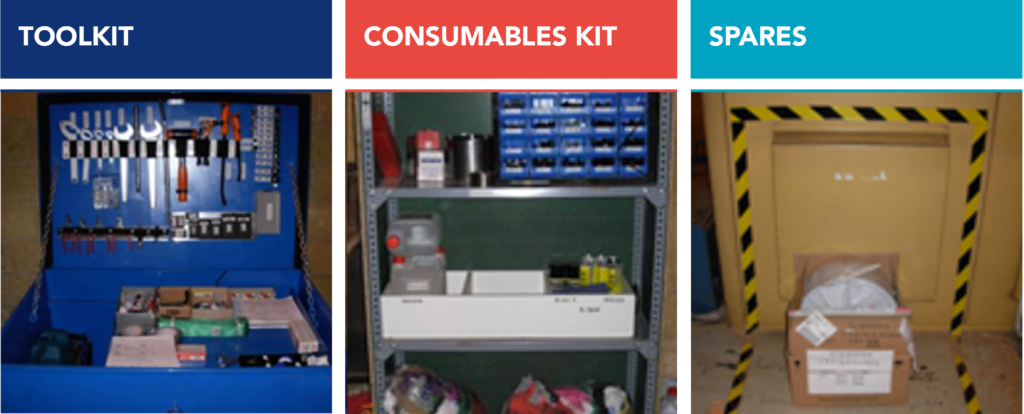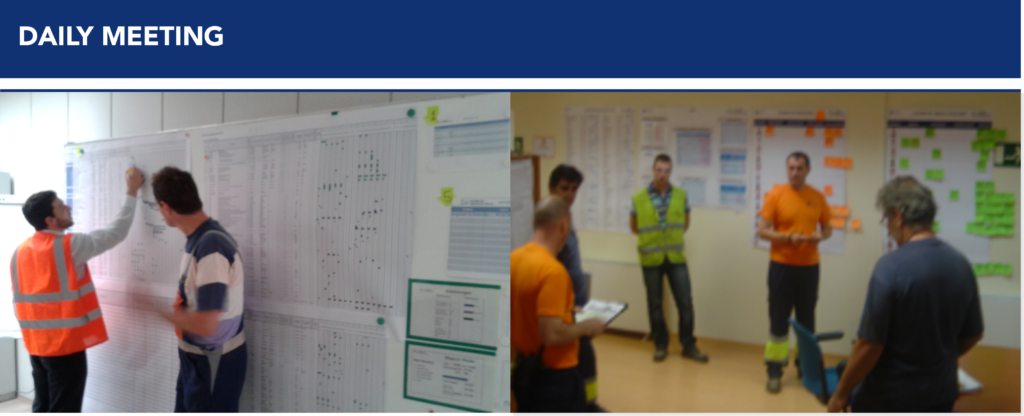The Company
This company was founded over sixty years ago and quickly became one of Portugal’s largest manufacturers of wood-based panels. Located in the north of the country, the company went through an expansion process through organic growth and acquisitions, becoming a leader in the sector with business units in Europe, North America, and Africa.
For several years, the company has shown a constant commitment to developing a continuous improvement culture. In this context, this improvement project focused on factory shutdowns for annual scheduled maintenance was initiated.
The Challenge
The project’s main goal was to implement planning methodologies to optimize the annual maintenance shutdowns. This involved reviewing and improving existing processes and managing more efficiently and effectively these stoppages. The project was planned to start with a pilot, intending to test the new methodologies and quantify the gains. Based on the lessons learned and results obtained in the pilot project, an expansion plan was devised to be rolled out in other units, aiming for a standardized and consistent approach.
The challenges the project team faced were as follows:
- Reduction of costs with external labor;
- Increase in operational efficiency by reducing the time needed to complete planned activities;
- Improvement and standardization of planning and visual management implementation;
- Safety improvement by achieving zero accidents.
The Solution
At the start of the project, the deliverables were defined:
- Implement a global maintenance policy and standardized methods for scheduled stoppages;
- Generate a high-performance culture that promotes operational excellence and innovation;
- Improve safety in maintenance operations;
- Develop a new scalable methodology for other locations.
The identified problem lay in the complexity of maintenance during the scheduled summer shutdown, marked by significant inefficiencies and an absence of standardization. This challenge was compounded by high labor costs involving allocating 80 external resources and prolonged stoppage duration, which lasted three weeks. The root causes of this challenging situation included inadequate supervision in the area, no order planning for necessary parts and tools, poor visibility of a critical plan, overly cautious task planning, and insufficient time dedicated to developing plans for activities and resource allocation.
This analysis of the problem’s causes highlighted specific areas to be addressed to optimize the maintenance process during the summer shutdown.
The solution involved implementing a set of initiatives:
Pull Planning with Time and Cost Buffers
A “pull” planning system was implemented, integrating time and cost buffers to meet deadlines and budget.
Resource Planning
A strategy for resource planning was developed, optimizing labor allocation and minimizing excessive costs.
Visual Management Boards for Work Monitoring and Key Indicators
Visual management boards were implemented to provide a clear view of task progression and key performance indicators (KPIs), promoting transparency and swift identification of areas needing adjustments.
Daily Meetings
Daily management meetings were established to ensure effective communication, solve urgent problems on the spot and align the team with strategic objectives.
Tools, Parts, and Consumables Planning
A strategic plan for an efficient tools, spare parts, and consumables supply was developed, ensuring they were available near the machines and that kits were prepared to optimize execution time.
Daily Cost Control
A system for daily cost control was implemented to closely monitor expenses related to maintenance activities, providing real-time insights and facilitating data-driven decision-making.


Results
The results achieved by implementing the suggested strategies brought significant impacts on maintenance operations. A remarkable 25% reduction in labor costs indicated effective resource allocation. Additionally, the duration of scheduled stoppages recorded a 10% reduction, reflecting improved operational efficiency and time management during these critical periods. In financial terms, the gains were substantial, totaling savings of 510,000 euros. These figures validate the implemented approach and point towards a more efficient and economically sustainable future in the organization’s maintenance practices.
See more on Capital Project Excellence
Find out more about improving this business area
